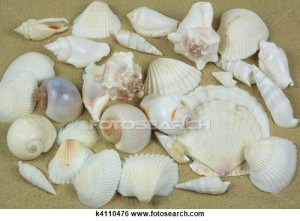The meating place – Lamb, Veal, Pork, & Ham
It’s fitting that we’re discussing LAMB this week. A basic ingredient in many cuisines, lamb was for years the roast of choice of many American families for Easter dinner, including my own. A staple of colonial kitchens, lamb lost ground when the West opened and beef was introduced. The two species have incompatible grazing techniques and can’t share space. Beef is less labor intensive for a larger product yield, so it became king. Lamb suffered another setback after WWII with the expansion of suburbs at the expense of farm land. Then came the 1960s with the peace movement and the emergence of Animal Rights and “lamb” especially accompanied by “spring baby” became a menu No-No. Actually, growing American appetites and depletion of flocks had already made the slaughter of immature sheep impractical. By then, however, development of synthetic fibers, and the high cost of labor had taken their toll on sheep herding. For a decade or so New Zealand lamb was prominent in the markets. I often bought it to vary our family menus, but I haven’t seen that in over ten years. Now, lamb is mainly in the meat counter seasonally and then limited cuts, leg, loin chops and ground. More surprising to me is the fact that two of my flyers advertized lamb this week, but only leg and ground and they’re the same price! If you consult a meat chart, you will see there are about 40 cuts per animal.







